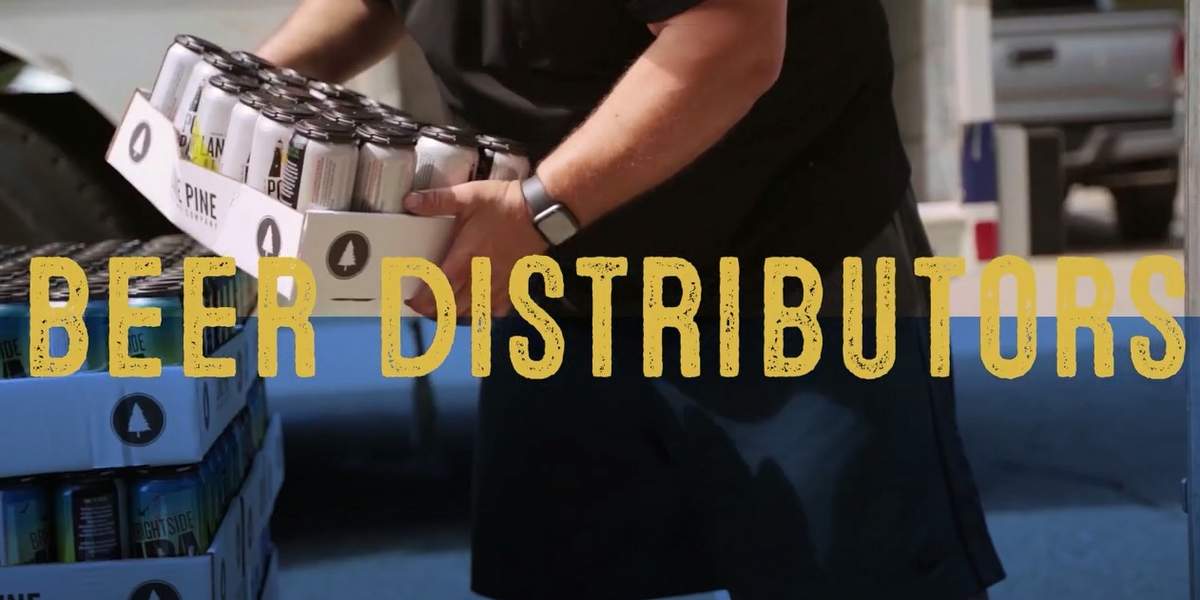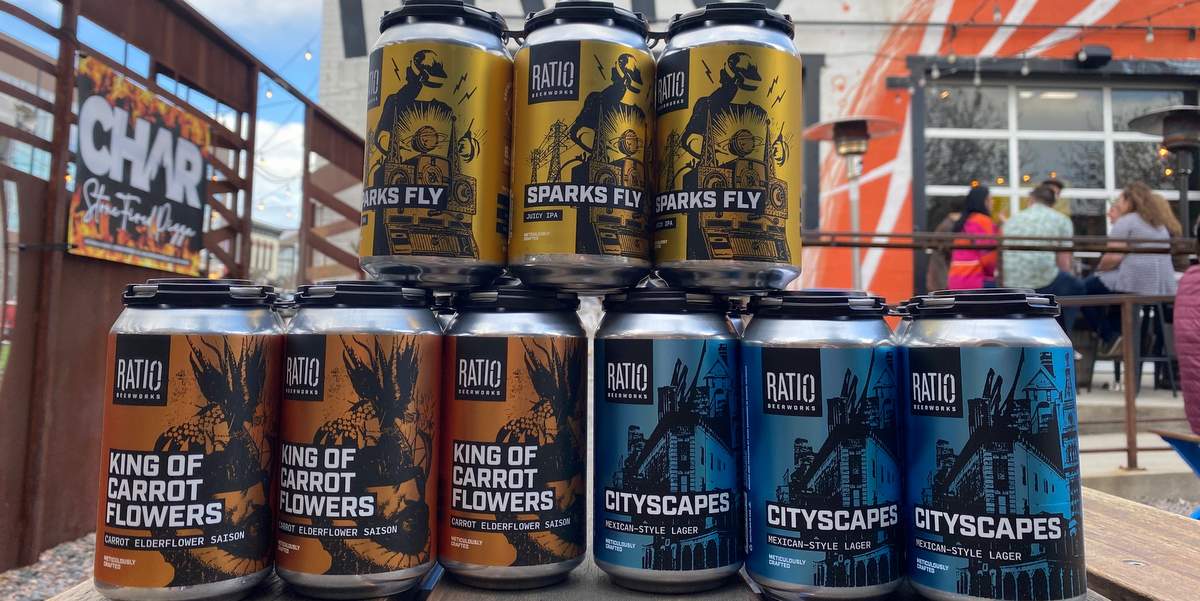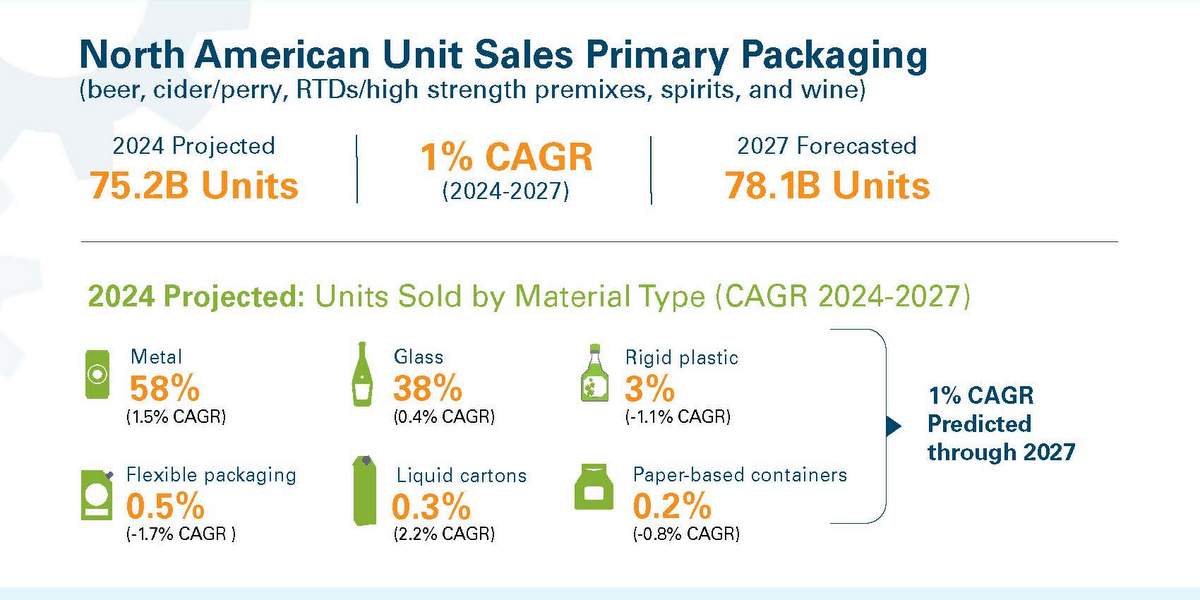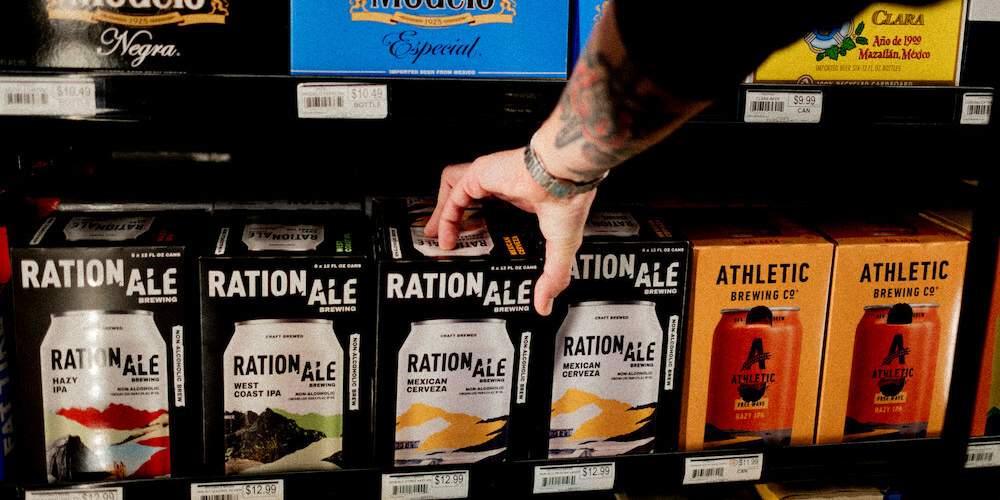
Churn rate, turnover, sell-through, reorders, rate of sales … whatever the name, they all basically mean the same thing: sales velocity. Velocity is a key metric that retailers and distributors use to calculate how long it will take to sell a specific item based on past performance over a certain time period.
A simple way to figure out the velocity for any of your products is to divide the quantity sold by the number of days in the period (days, weeks, months, quarter, etc.). Tracking the rate of sale of your brand over time will help you identify what’s working and what’s not working, can help you calculate inventory levels, and assist with the development of more accurate sales projections.
Up until spring of 2020, this commonly overlooked KPI has been reserved for use by advanced brewery sales teams, chain buyers, and purchasing managers, but as we power through tough pandemic market conditions, more and more suppliers are realizing the power that velocity can have in strategic planning.
ROS (rate of sales) is like the Hazy IPA of key performance indicators — the shiny new darling that probably won’t go anywhere for quite some time, so you might as well cozy up to it.
Historically, the total number of retail outlets in the U.S. that are licensed to sell alcohol has consistently risen since 2008, but in 2020 our retail market took a huge hit, losing just shy of 50,000 retail accounts (NBWA Industry Fast Facts 2021). There are almost the same number of licensed retail outlets that sell alcohol today as there were in 2014.
That means there are fewer accounts to sell to in the wholesale channel, making it harder for suppliers to increase retail sales. And on top of that, the U.S. is also experiencing a labor shortage, which means the accounts that made it through pandemic shutdowns probably don’t have enough staff to maintain regular operating hours.
So fewer accounts, open for fewer hours, means less sales for craft breweries.
This is where your velocity analysis comes into play. When it’s difficult to add brand new accounts, and your existing accounts are producing less volume due to reduced operating hours, you can shift your focus to improving your rate of sale. Increasing your product velocity will help you reach your sales goals despite unfavorable market conditions. The faster your sell-through rate, the more products you sell.
So how do you increase velocity?
Strategic promotional activities and creative retail programming. Unfortunately, pint nights and tap takeovers are just not going to cut it these days. Our marketplace is different, and our consumers are different, so your promotional tactics need to change as well.
Before you can start saying, “what works these days?” know there is no magic bullet for promotions or retail programs that succeed across the board for every craft brand. You need to know what resonates with your unique target audience and that also reflects how customers are buying craft beer in today’s general marketplace. You’ve got to conduct market surveys, analyze your promotional efforts, and create retail programs that benefit your accounts in order to move the needle.
In addition to helping you move more product through the market, velocity can also help you more accurately predict product orders, either internally for production planning and/or externally for order planning with your distributor partners. Product order projections are still one of the most challenging tasks for any craft brewery, but by using historical rate of sales analyses, you can make better estimates of how much beer you need to produce within a certain time period or how much product your distributor partner(s) should be ordering for various time periods throughout your sales year.
If you have access to an advanced data reporting system like a wholesaler portal, rate of sales will be easy to track, but for those that don’t, it will require some additional leg work on your part.
- First, identify the time period in which you would like to track your velocity – the previous month or quarter is usually a great place to start.
- Then identify what products you would like to analyze. This could be specific individual SKUs or your entire brand portfolio.
- Next, export your data to an Excel or Google Sheet so you can manipulate the columns and enter additional formulas.
- Finally, create a brand new column for ROS and enter the formula to divide your sales volume by the time period, then repeat with all relevant cells in your spreadsheet.
Now, you should be able to see what items are moving quickly in the market and which ones might need some extra promotional attention. Regardless of how you collect your data, it’s the overall analysis and how you choose to use the results that really counts.
Julie Rhodes is the owner of Not Your Hobby Marketing Solutions and a strategic business consultant. She teaches retail sales, digital marketing, and distribution management tactics to growing craft beverage businesses through digital courses, group coaching programs, and one-on-one consulting.





Leave a Reply
You must be logged in to post a comment.